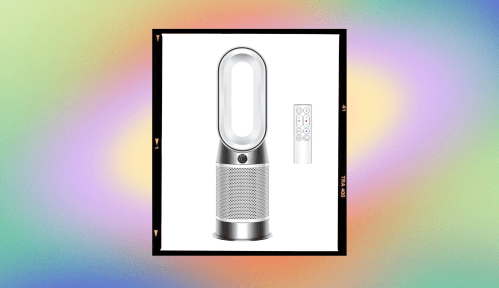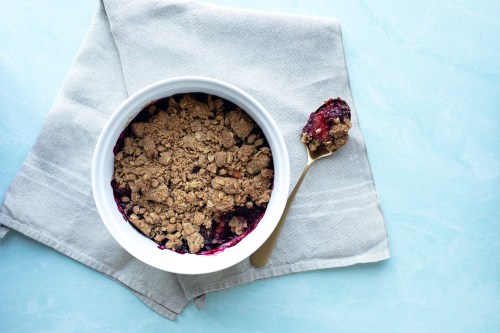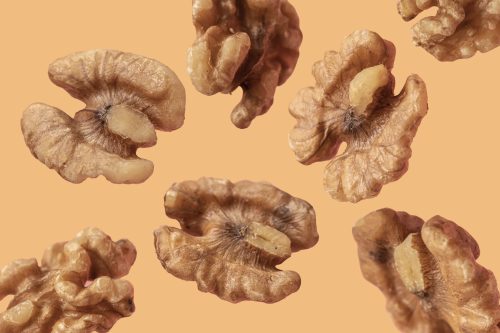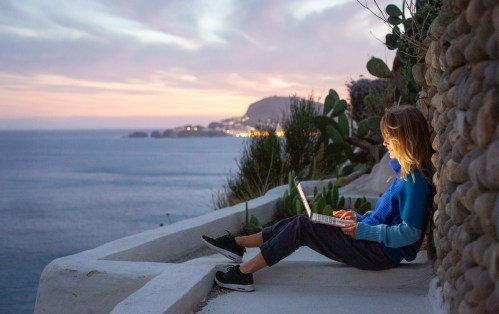Our editors independently select these products. Making a purchase through our links may earn Well+Good a commission
I Tried Swapping My Morning Coffee for Electrolyte Water, and My Energy Levels Are Stable for the First Time in Forever
See what happened when this writer started drinking electrolyte water for more energy instead of her regular cup of coffee.
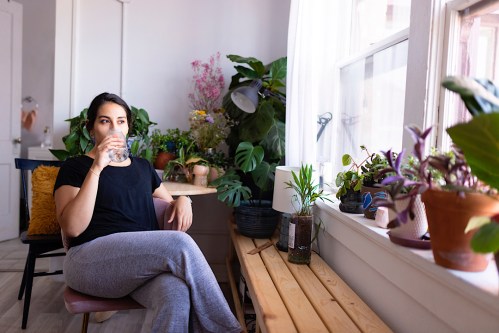
Something shocking happened as soon as I found out I was pregnant: I had no desire to drink coffee even though I was absolutely exhausted, and I turned my nose up at the stuff throughout the whole first trimester. Leave it to spending two weeks in Italy to reignite my love affair with espresso once the second trimester rolled around, though I began to notice an increased sensitivity to caffeine in general. I didn’t like the jittery, heart-racing feelings that followed my morning cuppa, and I had a feeling that baby probably didn’t either.
So, I began to look into other proven ways to boost my energy without relying on my go-to lattes. Carolyn Williams, PhD, RD, shared with me that her number one tip for a pick-me-up au naturel was by simply upping my hydration game. However, she noted that I’d get the most bang for my buck by loading at least one of my Stanley cup’s worth a day with an electrolyte powder to help best absorb all the water I was guzzling down and create better fluid balance throughout the body along the way.
Considering pregnancy is an important time to monitor one’s caffeine intake and when we one is more prone to swelling and dehydration anyways, I figured it wouldn’t hurt to change up my morning routine for two weeks, starting my day with a big cup full of electrolyte-boosted water instead of coffee to see if I felt as energized (and maybe a bit less puffy) throughout the day.
Finding the right electrolyte supplement
Besides following Williams’s advice of opting for an electrolyte power that was low in added sugar to prevent major insulin spikes, which would have an effect on my energy levels, I also wanted to choose a powder that was free from artificial flavors, colors, and other chemicals and preservatives. After a bit of trial and error (some of the more “natural” options are *not* tasty!) I came across three brands that I really loved: LMNT, Cure, and Needed.
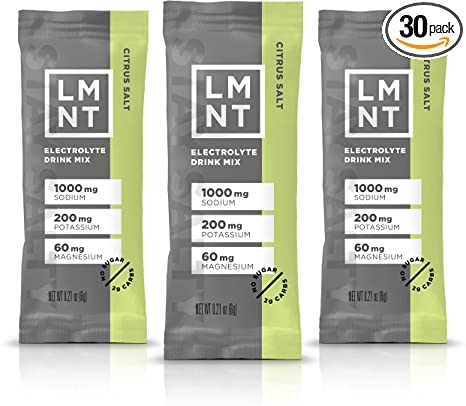
LMNT Electrolyte Powder Packets (30 Pack) — $45.00

Cure Hydrating Electrolyte Mix (14 Pack) — $23.99
8 Stylish and Adjustable Office Chairs a Chiropractor Would Approve Of
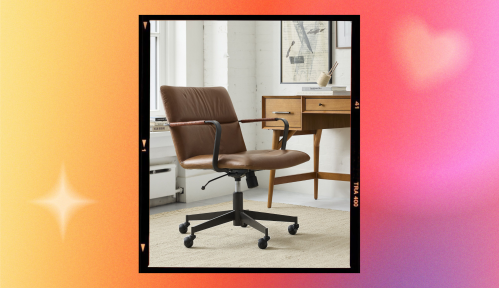
ThirdLove Just Launched Bras That Help Balance Your Body Temperature—Here’s Why That’s a Game-Changer for Women in All Life Stages

These Are the Summer Essentials You Should Bring With You Every Time You Leave the House, According to a Derm and an RD
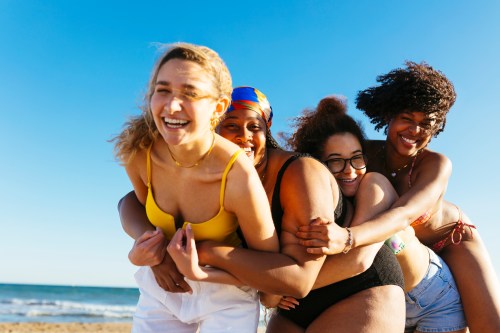
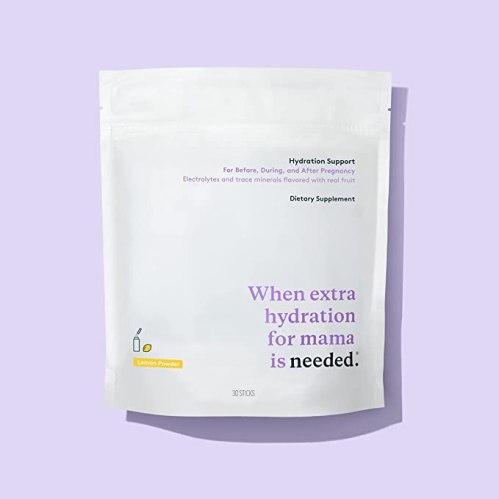
Needed Hydration Support (30 Pack) — $44.99
I loved LMNT for its super-simple ingredients list and that its products pack in 10 percent of my daily magnesium needs. Plus, the orange flavor tastes just like my favorite childhood sports drink. Cure had the best flavor options to bring some variety to my new routine and boasts nourishing ingredients like coconut water powder and pink himalayan sea salt.
Needed proved to be my favorite, though, because it offered the biggest electrolyte boost, thanks to the addition of trace minerals that would further support better energy levels, among other health benefits. Not to mention, one of the best ways to avoid an electrolyte imbalance. Plus, it was nice insurance to add to my daily regimen as I was now sharing my mineral supply with another growing human.
However, these powders aren’t exactly cheap, so I also tried to make my own DIY electrolyte water for a more wallet-friendly option. All you need is a bit of mineral-rich salt (try Celtic sea salt or Redmond Real Salt), some lemons, and filtered water, plus, some trace mineral drops, if you’re looking for that extra boost. I found that a big pinch of salt and the fresh juice from at least a quarter of lemon still went a long way in helping me de-puff and re-energize in the morning.
My experience drinking electrolyte water for more energy
After finding some electrolyte powders that met my criteria, plus a DIY version, it was time to hide the coffee maker for two weeks and see if there really was something to Williams’s claims. I must say, though I usually try to drink at least a small cup of water first thing each morning before reaching for caffeine anyways, I felt that I rehydrated much faster by starting my day with a big glass of mineral-rich water, which also helped me de-puff faster. I’m still managing to wear my wedding and engagement ring 38 weeks in and have experienced little swelling elsewhere in my body, which I attribute to this new morning habit.
And though I didn’t feel a crazy surge of energy like I do with a cup of coffee, there was a steady increase in my energy levels about 30 minutes to an hour after finishing my electrolyte water that felt much more natural—and lasted me through lunch. Plus, there was no midday crash to dread because I wasn’t experiencing such a high spike; it was a more gentle surge of energy which kept those mid-morning jitters and heart palpitations away. This helped me feel more focused instead of scatterbrained throughout the first half of the day.
You may also be wondering about digestive impact, since so many of us rely on our morning cup of coffee for a routine bowel movement. The good news is that I still had consistent, if not improved, digestive habits, as better hydration and an increase in mineral intake will really help keep things moving along. My mom happened to be in town while I was doing this experiment and without telling her the supposed benefits I was seeking, she noted how much better her digestion became throughout the week by starting the day with a big glass of this super-charged water.
While I will certainly be pulling my coffee maker back out for the pleasure that a steaming cup in the morning brings me, I also plan to keep drinking my electrolyte-boosted water each day for all the amazing benefits I experienced over the weeks. And now I know when I’m tempted to reach for an extra latte in the afternoon, I can simply opt for one of my electrolyte powders instead for a healthier boost that won’t mess with my chances of securing a good night’s sleep—which will be crucial with a new little one in tow.

